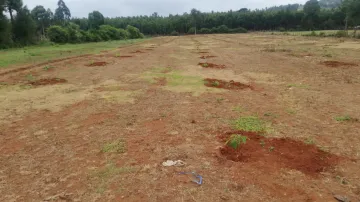Published at Sunday, December 10, 2023 9:28 AM on the Rwathia Agrofarm organization's page
Agroforestry.
Agroforestry is the practice of combining the management of annual crops and/or animals with trees. Agroforestry systems, largely composed of perennial crops, offer the resilience needed to address extreme climatic issues such as drought and torrential rain, along with social and economic factors that influence agricultural production of small-scale farmers. Trees used for agroforestry provide food, forage, industrial raw materials, lumber, fuel, and mulch, while diversifying diets and income.
Fruit farming is an agroforestry practice that can be used to mitigate climate change through: The sequestration of carbon in soils and biomass. Reduction of greenhouse gas emissions from deforestation and agricultural activities.
Avocado is quickly becoming one of the main commercial crops in Kenya. The tree bearing pear-shaped fruits – originally from Central and South America – now dots many homesteads and farms in the highlands of Kenya, as the humid tropical climate in the area provides ideal growing conditions for avocados to thrive. The varieties commonly grown in the area include Hass, Fuertes, Pinkerton, and Puebla. The main season for the fruit is from March to September, with the off-season from October to February, allowing farmers to harvest all year round.
In Kenya, the popularity of growing avocados has grown, attracting many farmers to venture into production. There are large markets in the European Union, China, and Middle East, and the fruit’s health benefits – and wide application in the food, pharmaceutical, and cosmetic industries – is contributing to increased consumption both locally and abroad. Yet despite these opportunities, local farmers have limited knowledge on climate-smart agriculture practices for avocado growing, or information related to handling and marketing, and this has affected the sustainability of their livelihoods.
It has become critical to build the capacity of avocado farmers to enable them to adjust their management practices, to overcome production-related challenges brought on by climate change, and contribute towards improved farm-level climate adaptation, household food security, and nutrition – as well as sustainable livelihoods. Consumers are also becoming more conscious of safely produced fruits, – hence the need for avocado farmers to adopt practices that are healthy and environmentally friendly to remain viable.




